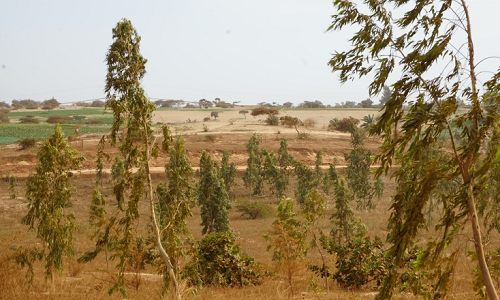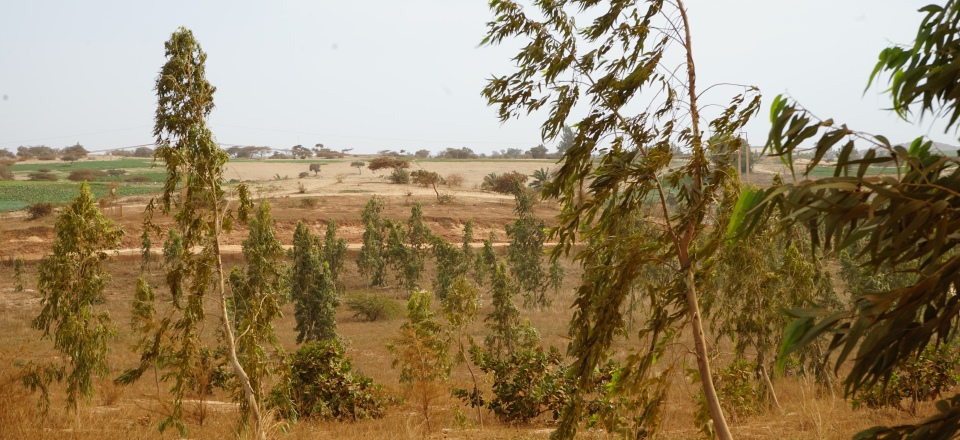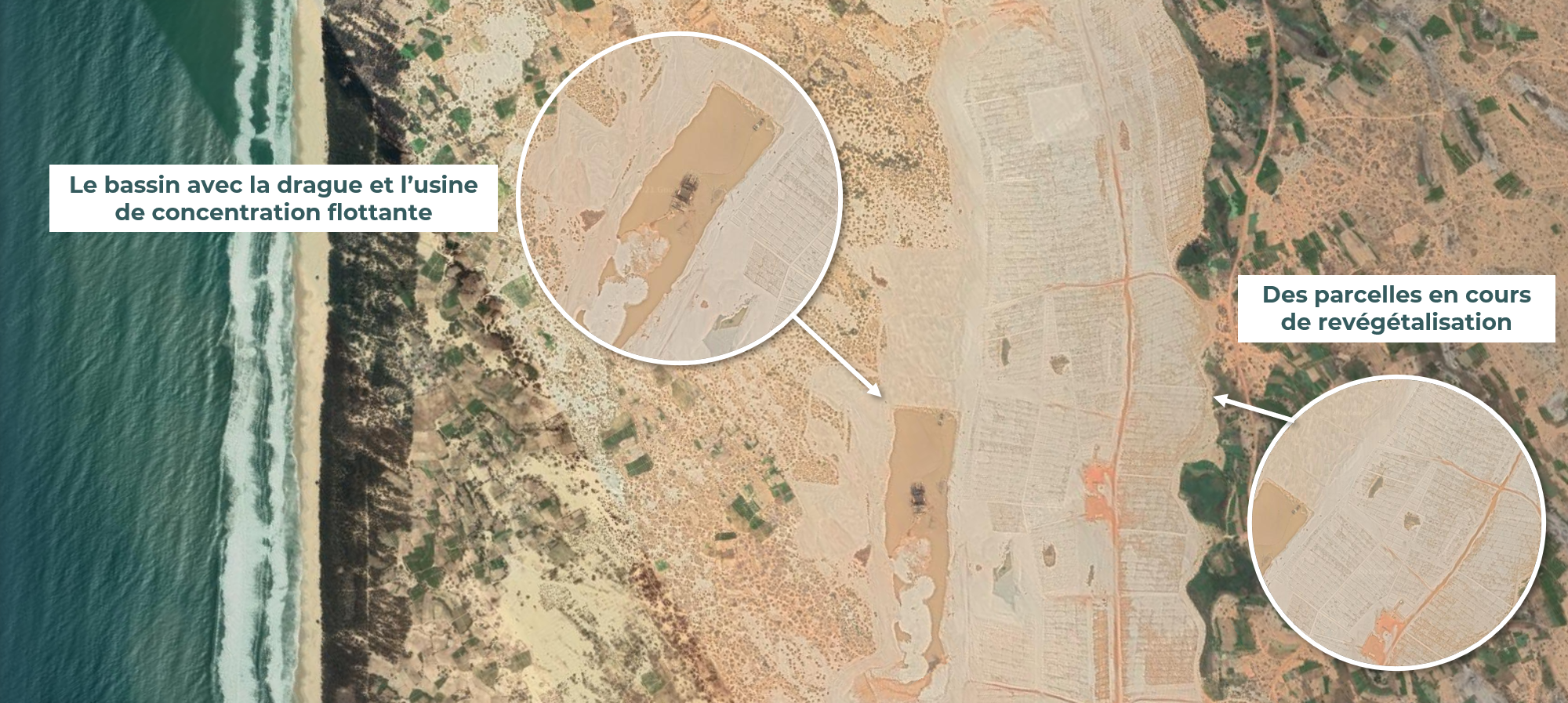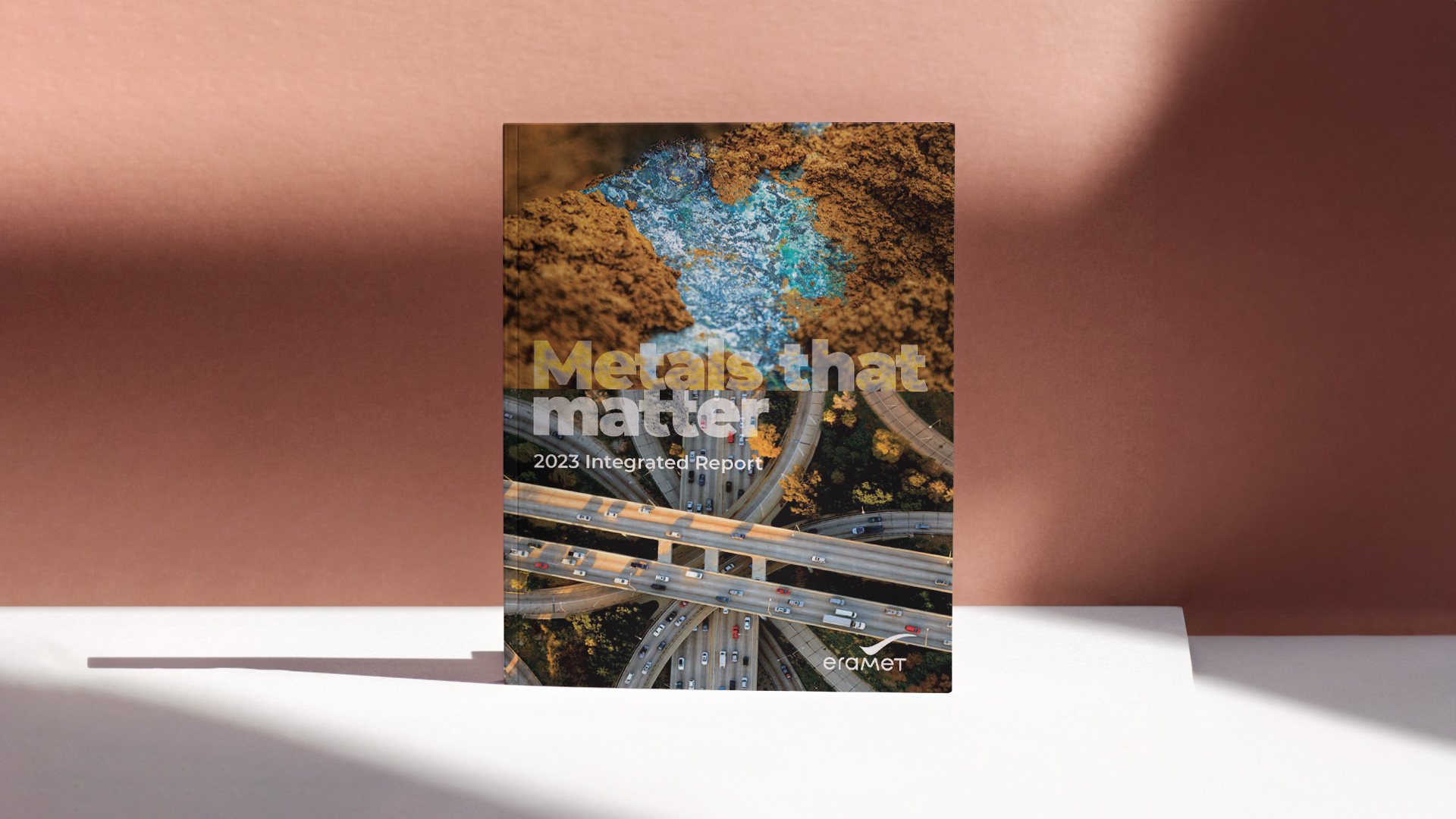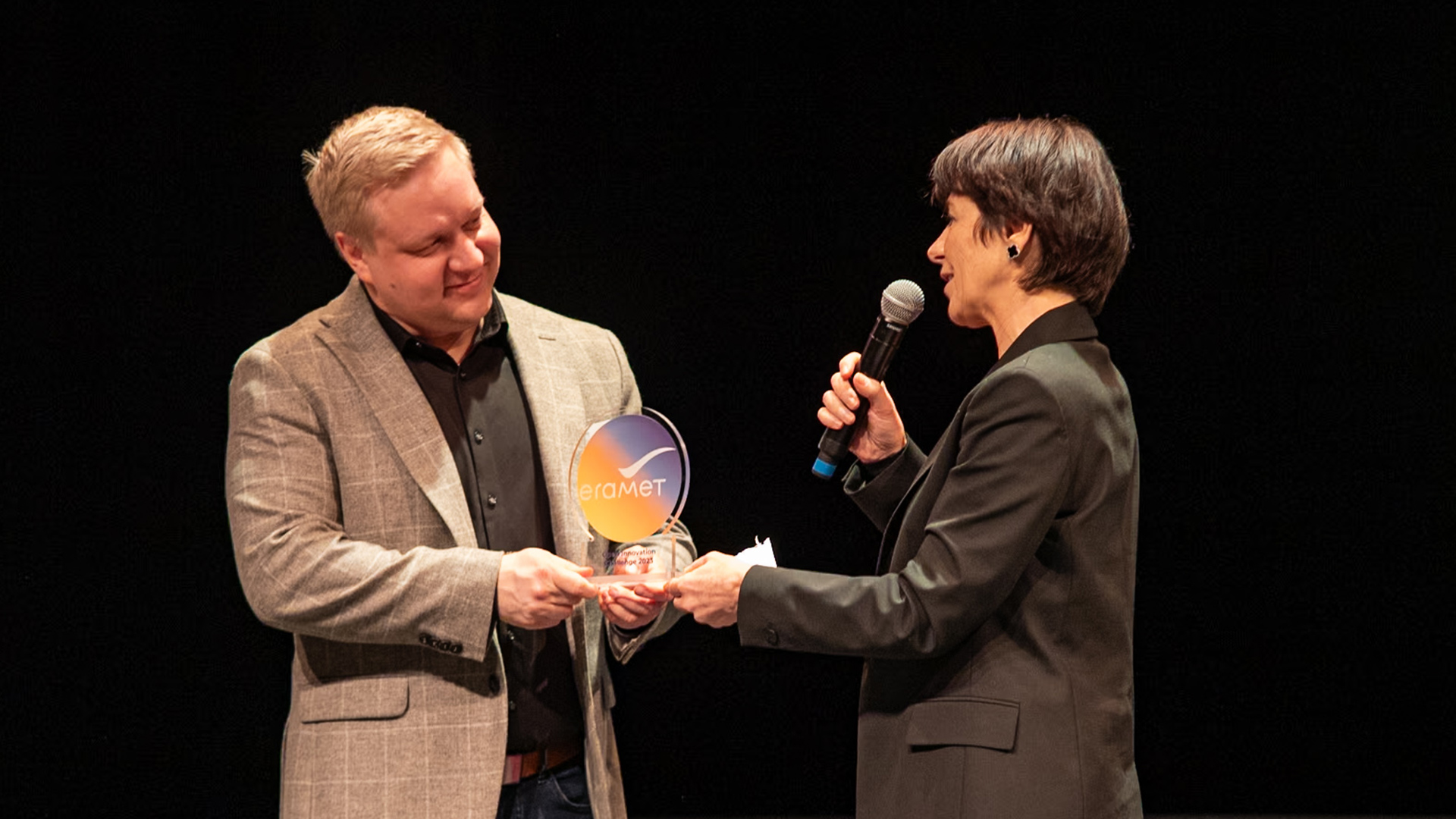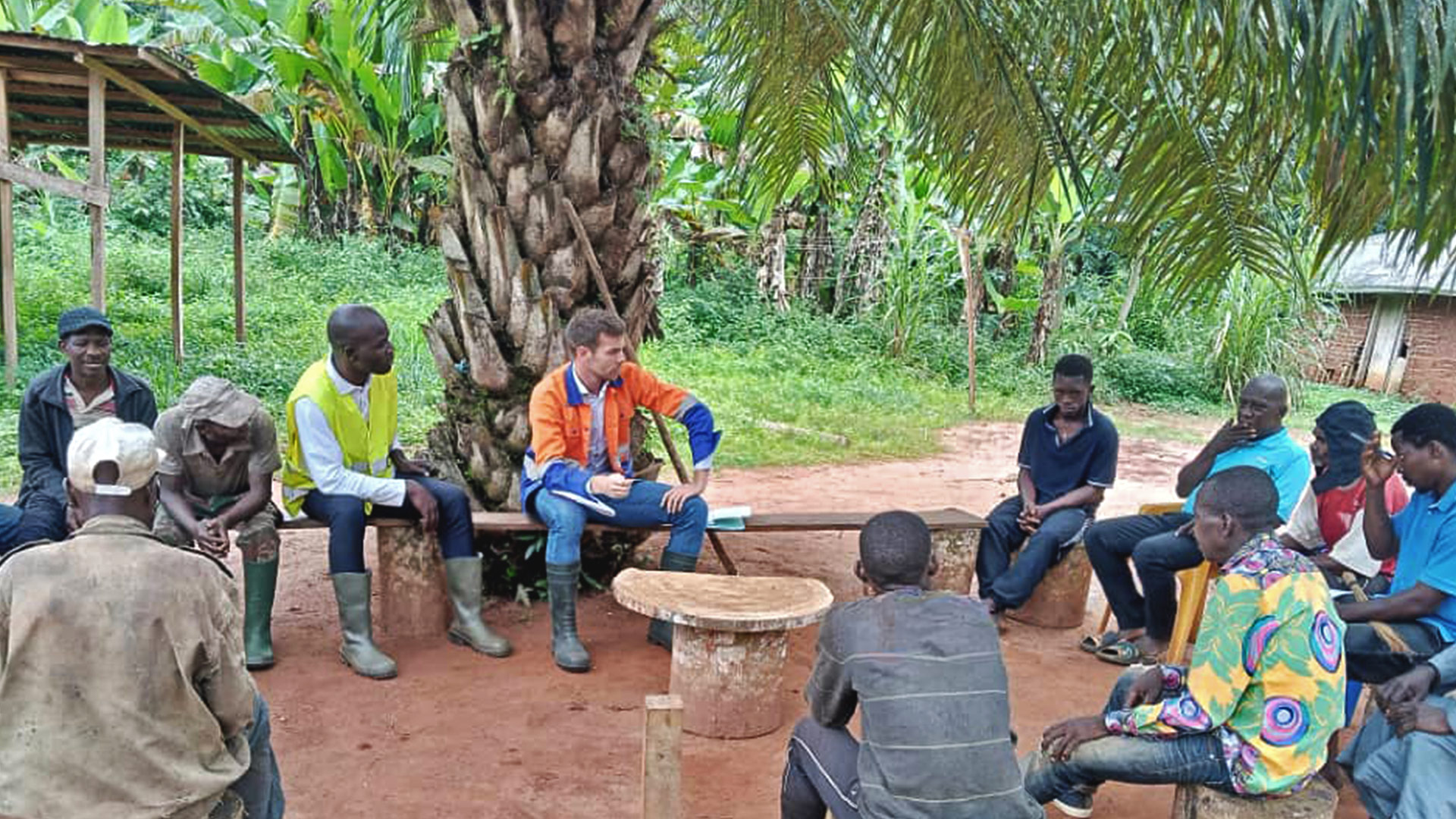In Senegal, GCO has been steadily rehabilitating the land traversed by its mobile mine. The aim is not only to repair any damage, but also to preserve biodiversity and involve the local communities in the process.
Above: A revegetated area five years after the dredging process was completed
The GCO mine operates in a unique way: in order to extract mineral sands, a dredger and a mobile concentration plant operate in a 12-hectare, 6-meter-deep artificial pond. The dredger sucks up sand as it travels along the deposit, and this involves the removal of vegetation.
What happens after the mine has moved on? GCO’s solution is simple: the aim is to leave no trace behind and to do everything possible to return the land to its pre-mining condition; and, in some cases, to make improvements by adding value (both ecologically and economically speaking). This is one of the undertakings contained in Eramet’s CSR roadmap: “Protect water resources and accelerate the restoration of our mining sites by fostering biodiversity.”
Above: Satellite image of the GCO mine in the dunes along the coast, featuring the 12-hectare, 6-meter-deep pond
The revegetation process from start to finish
Prior to undertaking the process of revegetation, GCO restores the dunes by recontouring the heaps of sandy tailings from the mine. The goal is to restore them as much as possible to their original state, prior to the installation of windbreak nets that protect the dunes from wind erosion.
Above, from left to right: the preparation of the seedlings at the nursery; the fertilization of the soil with sheep and goat manure; and finally the planting of the seedlings from the nursery in the dunes.
Different revegetation methods are then used:
- the planting of so-called “woody” plants (i.e. which have a trunk) raised in the GCO nursery. These include Australian pine, cashew and eucalyptus trees;
- the seeding of herbaceous species (soft and trunkless), mainly from Senegal, from locally harvested seeds;
- the use of sheep and goat manure to improve soil quality.
In 2016, GCO also introduced an irrigation system in order to ensure that the revegetation efforts could continue during the dry season, which runs from November to April, and to improve the longevity of the plants.
Left: eucalyptus trees. Right: a young cashew tree.
An inclusive approach
One of the main priorities of the local population is the rehabilitation of the areas mined by GCO, and this is consequently one of the company’s main concerns. Since its beginnings in 2014, the company has thus implemented.
The approach is based on cooperation and consensus: participatory workshops are organized with local populations in order to identify and study the region’s plants and their characteristics; to conduct field experiments to see which plants survive best; and to choose the species to be replanted. This method allows communities to develop economically by focusing on plants with high commercial value, such as fruit trees, especially through the sale of cashew nuts, while preserving the biological heritage of the area.
Follow-up audits are regularly conducted by the Water and Forestry Inspectorate, and these also involve visits by the authorities. Ultimately, the land rehabilitated by GCO will be officially returned to the State of Senegal, under the stewardship of the Department of Water, Forests, Hunting and Soil Conservation (DEFCCS).


